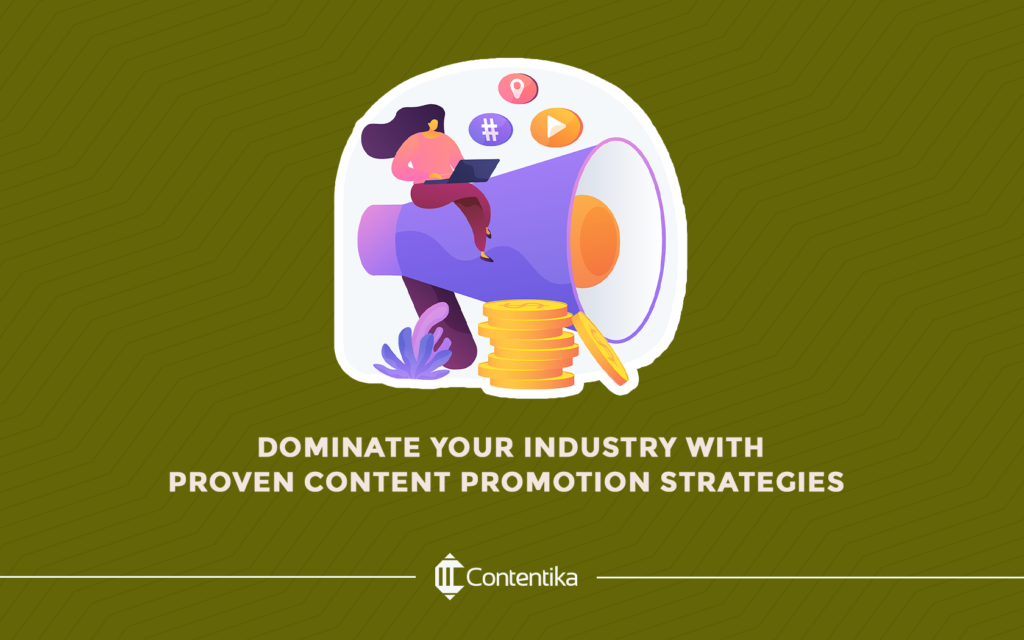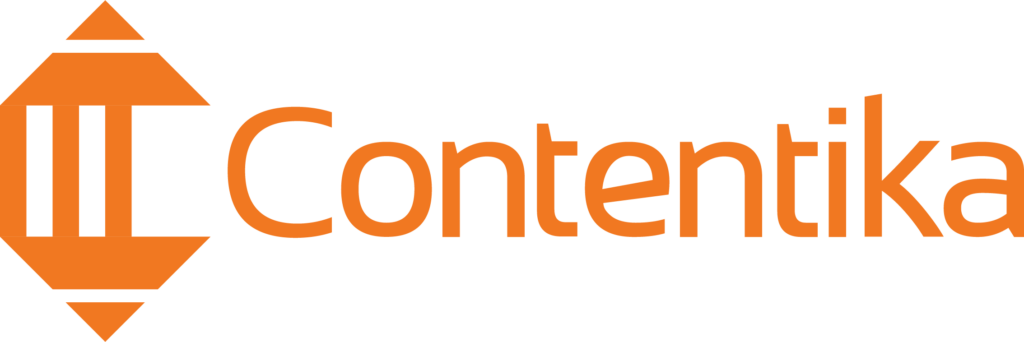The Comprehensive Guide to B2C Content Marketing

B2C content marketing is a method that aids businesses in connecting with target consumers online through interesting content. It works well for fostering relationships and boosting revenue.
The Content Marketing Framework Every Business Needs [+Free Template]
Looking for an effective content marketing strategy? Learn how to create a robust framework and maximize your business potential with this guide.
Why a Social Media Calendar is Essential for Your Brand’s Success [+Free Template]
A social media calendar is essential for your social media marketing campaign’s success. This guide will teach you why and how to create one.
Strategies for Making the Most Out of Your Content Distribution Matrix

As a marketer, you understand that in order to maximize your reach and boost customer engagement, you need a content distribution matrix. But most times, your sweats don’t just measure up to the results you ultimately see. It feels like the content is just floating around in space with no real direction or purpose. “What’s the missing puzzle?”, you might wonder. Well, if you find yourself in this position, we know one thing for sure – you need an efficient content distribution matrix that specifically works for your business. In this one-stop guide, you will learn how to identify the most effective channels for your specific audience, create a clear distribution plan, and track results to ensure maximum ROI. Before diving into the various channels, let’s first understand the concept of the distribution matrix. What is a Content Distribution Matrix? Content distribution matrix has to do with the visual representation of where and how your content will be shared. It allows you to outline the different channels and platforms that you’ll use to distribute your content, along with the frequency and timing of these distributions. The concept behind the content distribution matrix is to recognize that certain content types and channels work better for certain audiences. By understanding the specific needs and preferences, you can develop a distribution plan that maximizes reach and engagement. Let’s illustrate. Say you’re a B2B marketer targeting C-level executives. Your content distribution plan will likely involve LinkedIn and industry-related events instead of a B2C marketer targeting Gen Z on Instagram. So, content distribution matrix helps you prioritize where to focus your efforts and track the success of each platform or content distribution channel. And as a marketer, this can help you plan out their content strategy and allocate resources accordingly. Overall, the idea is to map out the specific content distribution channel that best aligns with your audience and content type rather than randomly posting on every single platform without a clear strategy. Content Distribution Strategy – Step-by-step Process As it is well known, planning is the key to success. The same goes for your content distribution strategy. When you always wish to achieve the most in the content distribution matrix, we recommend you follow these steps. 1. Identify Your Audience Before creating a content distribution matrix, it’s crucial to have a clear understanding of your target audiences. This will help you determine the most effective channels for reaching them. Ask yourself who they are, what their interests are, their demographics, and their pain points. Then, research where they typically hang out online – which social media platforms do they use the most? What kind of websites or publications do they read? Consider conducting audience research through surveys, interviews, and online analytics tools to gather more insight. By understanding your audience, you’ll be able to zero in on the channels that will best reach them. 2. Set Goals/Objectives and Measure Results It’s important to define what you want to achieve with your distribution strategy. Do you intend to increase organic traffic to your website? Generate leads? Improve brand recognition? By having specific goals in mind, it will better guide your decision-making and give you a precise measure of success. In all, your goal must be SMART – specific, measurable, attainable, relevant, and time-bound. Also, set specific goals for each channel and track your results to see what’s working and what may need improvement. This will help you continually optimize your content distribution plan. Use analytics tools such as Google Analytics or Hootsuite to track and measure metrics such as website traffic, social media engagement, and conversions. 3. Match Content Types with Channels With a clear understanding of your audience and goals in mind, it’s time to determine which content distribution channels will work best for your content distribution strategy. As mentioned earlier, consider where your audience hangs out online, where your competitors are most active, and where your content will perform best. Some options to consider include social media platforms, email marketing, owned websites or blogs, paid advertising, PR outreach, industry publications, and influencer marketing. For example, if you’re a B2B business, LinkedIn may be a better choice for distributing content than Instagram. And if you have visual content, platforms like Pinterest and Instagram may be more suitable than Twitter. You can also consider creating different versions of the same piece of content to cater to various preferences. For example, you could repurpose a blog post into an infographic for visual learners or create a podcast episode for auditory learners. Note that the content distribution channels you eventually choose must align with your overall objectives and target audiences. 4. Plan and Determine the Frequency Next, consider when and how often you’ll distribute your content on each channel. To start, create a content calendar and schedule when you’ll publish new content and when you’ll repurpose or promote older content. This will help keep your distribution plan organized and ensure a consistent flow of content. When determining frequency, consider the platform’s algorithm and what works best for your audience. For example, LinkedIn’s algorithm favors frequent posting, while Instagram tends to favor quality over quantity. Also, consider the peak times when your audience is most active on each channel and schedule your content accordingly. This can greatly impact engagement and reach. 5. Promote and Amplify Your Content Once you’ve outlined your distribution plan, it’s time to get the word out about your content. Consider paid advertising options, such as promoting social media posts or Google ads, to increase visibility and reach a wider audience. Also, consider reaching out to influencers in your industry (“influencer marketing”) who may be willing to share your content with their followers. Additionally, don’t underestimate the power of employee advocacy. Encourage your employees to share company content on their personal social media profiles or reach out to their professional networks via email. This can significantly expand your reach and increase trust in your brand. And finally, make sure you have sharing buttons readily
Dominate Your Industry With Proven Content Promotion Strategies

Content creation is not just all there is to succeed with content marketing; content promotion is equally as important. To skyrocket the visibility of your business, you necessarily must utilize the best ways to promote your content and make it stand out from competitors. In fact, a good content promotion strategy can mean the difference between your content getting lost in the noise or reaching new heights and driving serious results for your business. Research has shown that businesses that engage in content promotion strategies achieve 3.5x more traffic than those that don’t. This post provides everything about content promotion, including why it’s important, how to create a solid strategy, which channels and tactics to use, and expert tips from industry leaders. What is Content Promotion? Content promotion is the distribution of content to the right audiences to drive relevant traffic, leads, and sales for your business. Content promotions put your content in front of the right people (using the right tools and channels) who are likely to engage with it and drive business goals. Moreover, content promotion is essential for increasing brand visibility, improving your website’s search engine rankings, and eventually driving conversions. Many marketers are leveraging content promotion in a manner that is unprecedented because it has the power to amplify your message, build relationships and extend your reach. In a survey by Hubspot, the majority of marketers (82%) are massively investing in content marketing, 10% don’t use it at all, and the remaining 8% aren’t sure if their company does or not. This goes to show that content promotion is an important part of any digital marketing strategy. Ultimately, content promotion is an integral part of a successful marketing strategy and can be a game-changer for your business. Why You Should Strategically Promote Your Content Content promotion is an integral part of any successful digital marketing strategy. Understanding how this is important and why it is necessary can help businesses gain significant traction and reach a larger audience. Here are some of the reasons why content promotion should be seen as a priority for businesses: 1. Direct Connect With Target Audience With content promotion, you can create a deeper engagement with your audience. In fact, sharing your content through targeted promotion efforts will enable you to connect with specific segments of your audience and tailor your messages to their interests and needs. A study by the Content Marketing Institute found that having a target audience would have a positive impact on content success. To illustrate, if your content is strictly for businesses or professionals (B2B Marketing), LinkedIn will be the platform you should use to reach your target audience and promote your content. What this does is ensure that your content promotion strategy and investment are focused on the right channels, thus resulting in a higher ROI. 2. Builds Trust and Credibility Another incentive for content promotion is that it helps develop credibility and trust for the business brand. A study conducted by Salsify showed that more people are likelier to do business with a business they trust and feel like they can rely on. When the content you promote is of high quality and valuable, people will be more likely to trust you. This way, you can establish your presence and develop a loyal customer base. 3. Drives Traffic and Engagement This is, perhaps, the most obvious benefit of content promotion. Engagement and traffic come from promoting your content on the right channels and getting it in front of the right audience. Studies have shown that the key to success in content promotion is to create content that resonates with your audience. When your content is promoted through the right channels, with the right message and targeting, it can drive significant amounts of traffic to your website. This allows you to reach a larger audience and get more leads, sales, and conversions. 4. Improved Search Engine Rankings and Organic Reach Every business owner desires to rank all content higher in search engines like Google. Why? Because that’s how they get organic traffic – which means getting traffic without having to pay for it. And one of the benefits of content promotion is that it helps with that. The more people that see and engage with your content, the higher the chances it will rank high. A study found that the majority of website traffic- around 53% – comes from organic search results. With all certainty, organic traffic is some of the best traffic you can get because it’s highly targeted and usually converts very well. 5. Generates Leads and Sales At the end of the day, all businesses want to generate leads and sales. And content promotion can play a major role in that. By promoting your content, you’re exposing it to a larger audience. And the more people see and interact with the content the higher the likelihood of generating leads and sales. If your ultimate goal is to increase leads and sales, then you need to focus on creating valuable content and position yourself as an expert in your industry. When people see that you’re doing this, they’ll be more likely to trust your brand and do business with it. According to recent studies by Content Marketing Institute, content marketing costs 62% less than traditional marketing and generates 3 times as many leads. This means a higher ROI for your business. Platforms That Can Scale Your Content Promotion Efforts Where you eventually choose to promote your content will depend on the type of content, your target audience, and your overall goals. Here are key platforms and strategies that tend to work well for many businesses in content promotion. 1. Social Media Social media platforms like Facebook, Twitter, Instagram, LinkedIn, etc., are great places to start promoting your content. Not only are they free to use, but they also have millions of users. According to recent studies by Statista, there are over 4.59 billion active social media users worldwide. That means there’s a good


